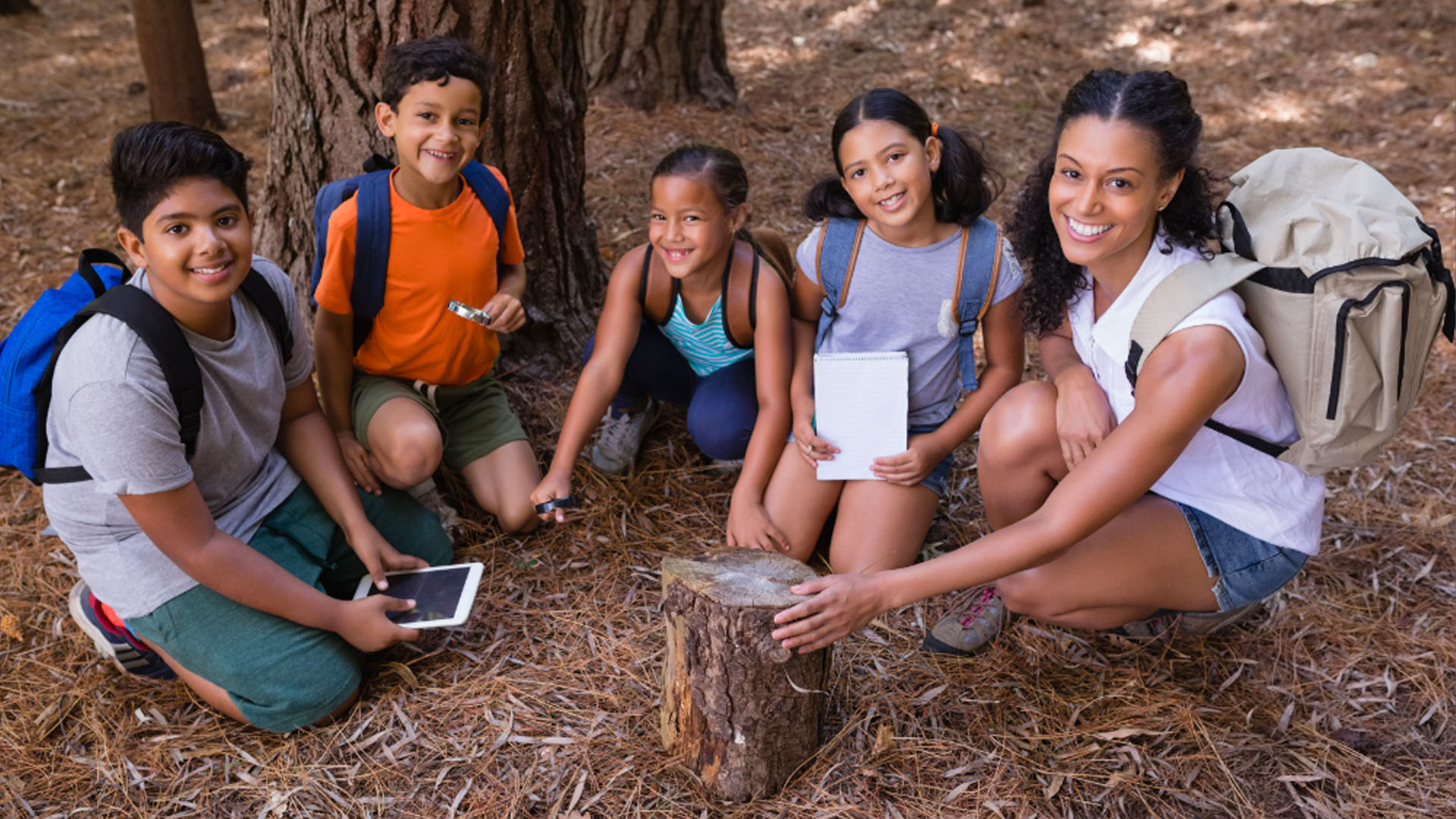“I’ve learned that people will forget what you said, they will forget what you did, but they will never forget the way you make them feel.” -Maya Angelou

You’ve probably heard this quote at a PD, your weekly team meeting, or that daily email from an administrator, and while it may seem like just another cliché, I think it speaks to a truth about human nature that can guide our interactions with students in the classroom. When you think back to your favorite elementary school teacher, you almost certainly remember the way they made you smile, the way they made you laugh, and the way they comforted you when you felt hurt. The content they provided was important and surely was presented with best practices in mind, but you would be hard pressed to recall how they structured their math lesson, what topics they presented in social studies, or what curriculum the school provided them for ELA that year. You remember that you “just really loved their class.”
When we make students feel good about themselves, they listen. For many of our students a teacher may be one of the most important and consistent providers of positive emotional feedback and support. An unfortunate reality is that more and more parents are feeling the need to work longer hours, work multiple jobs, and have a two income household and much of the positive and formative adult interaction that students learned from in the past has been lost to this trend. While a teacher can never replace the importance of parental support, we can be there to help students find a safe and caring environment where they can learn how to succeed and grow positive self-esteem. Let’s explore some ways we can connect with students by putting three simple concepts into practice: Early and Often, Ask Questions, Listen.
“While a teacher can never replace the importance of parental support, we can be there to help students find a safe and caring environment where they can learn how to succeed and grow positive self-esteem.”
Connections with our students start on the first day of school, or even the month before if we send introductory emails or have a “back to school event” before the first day’s bell. As with any interpersonal relationship, first impressions really matter. Creating opportunities for positive interactions with students has to happen early (the first time we meet) and often (preferably everyday, with every student!). If that sounds like a lot of work, you aren’t wrong; it does take a concerted effort to reach each student even as papers to be graded pile up, lesson plans are due, and surprise meetings appear on our calendars. However, I promise it’s worth it and may make your day to day life easier than any other thing you can do in the classroom. The good news is making these positive connections doesn’t have to be incredibly time consuming or difficult, we just need to ask questions and thoughtfully listen to the answers.
When asking students questions about their interests, their passions, and their future dreams I want to include two points of focus:
- Questions should be open-ended and able for students to expound on with follow ups. A question as basic as “How was your weekend?” as you greet them on Monday is perfectly fine if you can then transition them into explaining why it was good (or bad) and using it as a jumping off point for them to share more of their interests with you. I think a good rule of thumb would be to make sure that when we open up a social/emotional conversation with a student, that we hope to ask at least two follow up questions while giving them our attention to the best of our abilities. A student won’t remember a week later that you asked how their day was, but they will remember if you asked why their day was so good, connected the why to your own life experience, and showed genuine interest in what made their day so good. (It should be noted that the flip side of this is true too, showing empathy and interest in why a student is having a bad day is often the quickest way to flip their mood.)
- The interpersonal questions we ask should not have a “wrong” answer, and students shouldn’t be afraid that their teacher is going to consider their answer “wrong.” A student sharing they are in a good mood because they attended a country music concert the night before should never be met with an explanation from the teacher as to why country music actually isn’t all that great because you prefer hip hop. I know nothing about country music, and it’s not my personal cup of tea, but I will always take that opportunity to ask leading questions about the concert and what made it so great (as well as opening Spotify and letting them show me their favorite song if time allows). It may not make it onto any of my playlists, but I will enjoy the simple fact that a student is sharing with me, and it will be a moment we can call back to throughout the week as a subconscious reminder that someone cared what they had to say and took interest in what made them happy. The quickest way to make sure a student doesn’t care what you have to say is to make them feel that you don’t care what they have to say. Don’t fall into the trap of dismissing a student’s conversation just because you don’t have an immediate personal connection to it, ask more questions until you feel a new connection to it simply because it interests your student.
“The quickest way to make sure a student doesn’t care what you have to say is to make them feel that you don’t care what they have to say.”

Building on the concept of no “wrong” answers is what I consider to be the most important idea about how we interact with our students to connect with them: Listen. It is so easy to want to “fix” problems or to accidentally shift the focus of a conversation from our student to ourselves or other issues. Students can tell both consciously and subconsciously when we aren’t really listening to them which often discourages them from wanting to share with us in the future. If you think back to times an administrator, significant other, or any person in your life asked you a question but then clearly did not have genuine interest in the answer then you understand intuitively how this situation breaks down solid communication moving forward. In short, we should use these conversations as an opportunity to model engagement for our students in the way we want them to listen and interact with us when we talk with them in the classroom.
Connecting with students is one of the most important aspects of our jobs, and while some students will be significantly more difficult to reach on an interpersonal level, I promise the work will be worth it. When your students realize your care about them and what they have to say, they will begin to care about you and what you have to say.
Resources
Please login or register to claim PGPs.
Alternatively, you may use the PGP Request Form if you prefer to not register an account.



